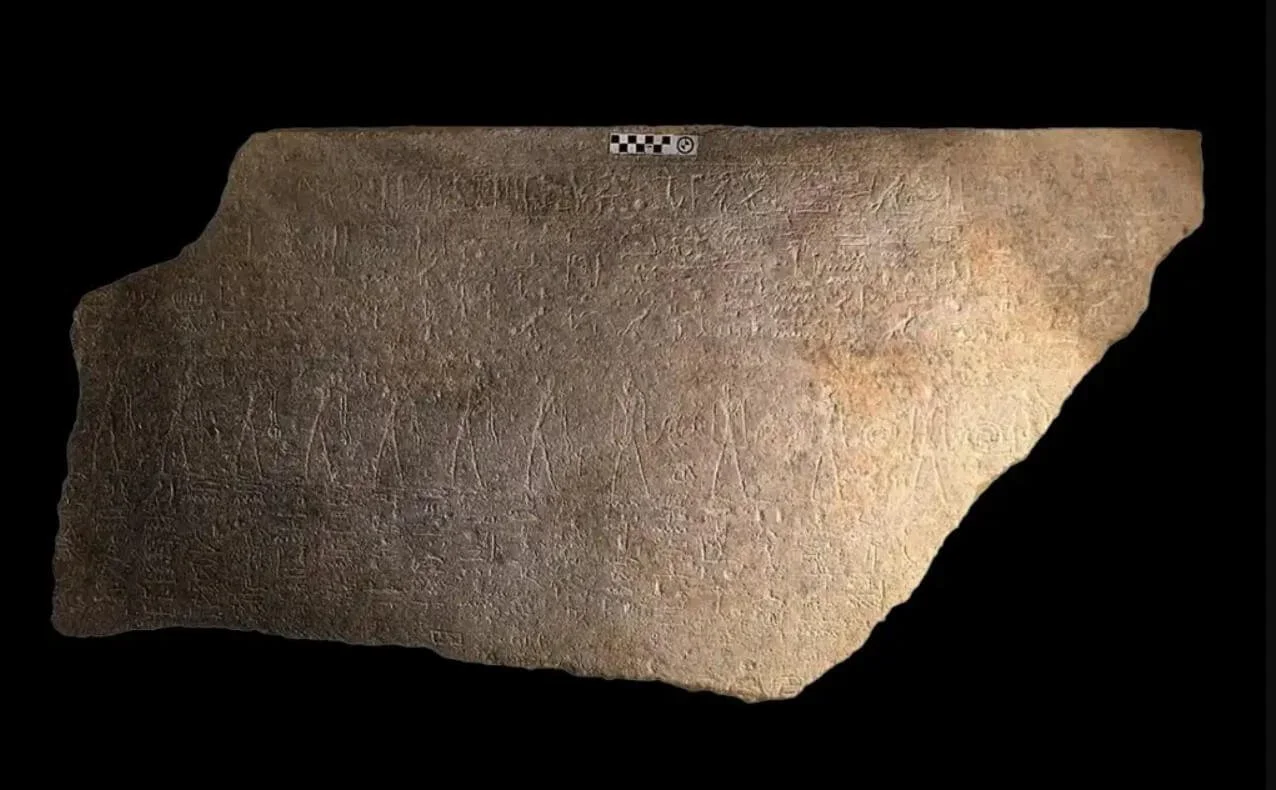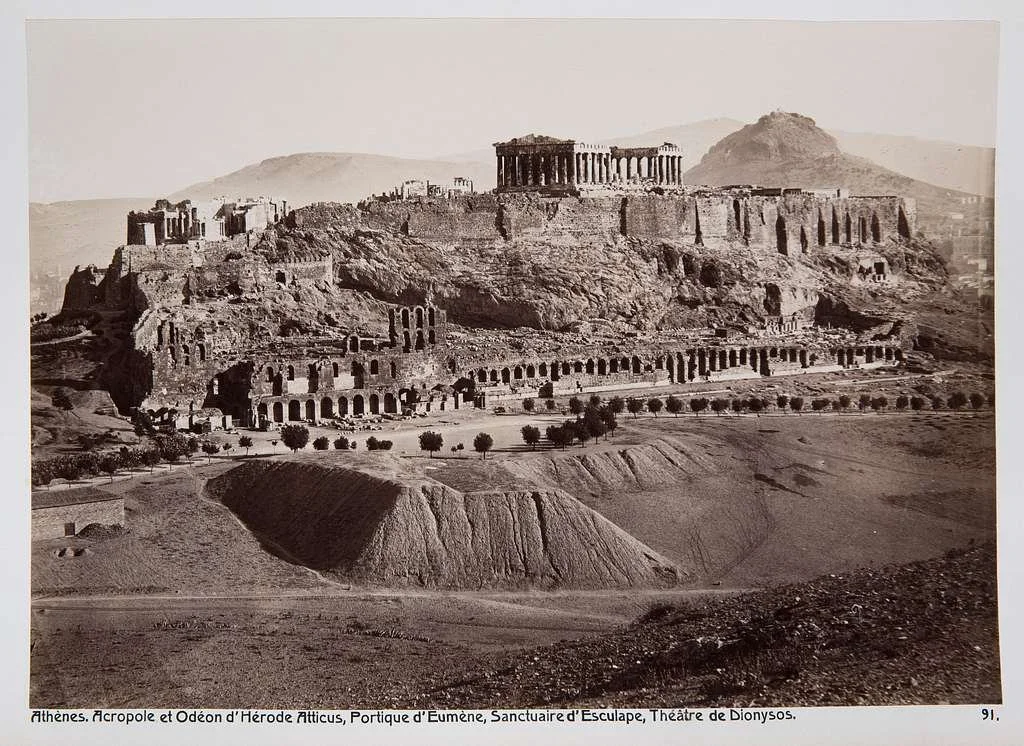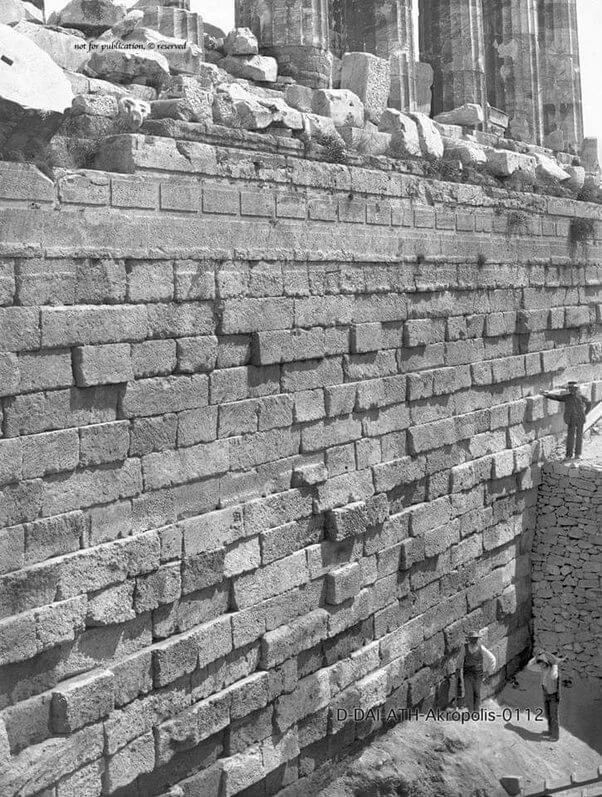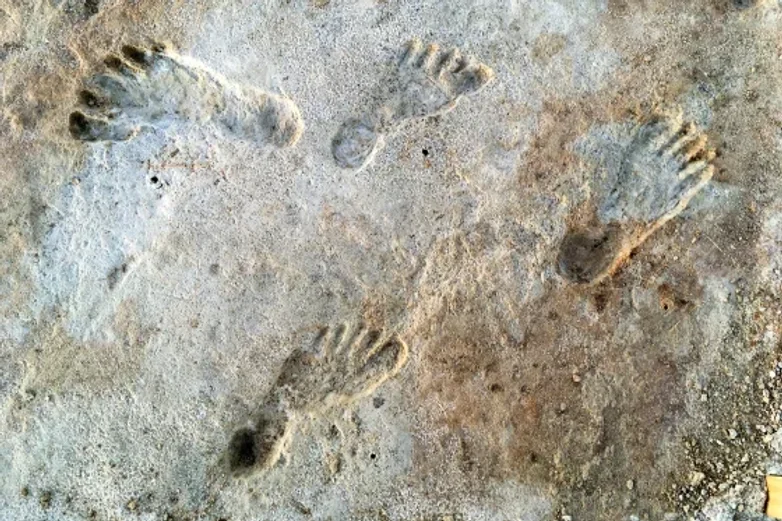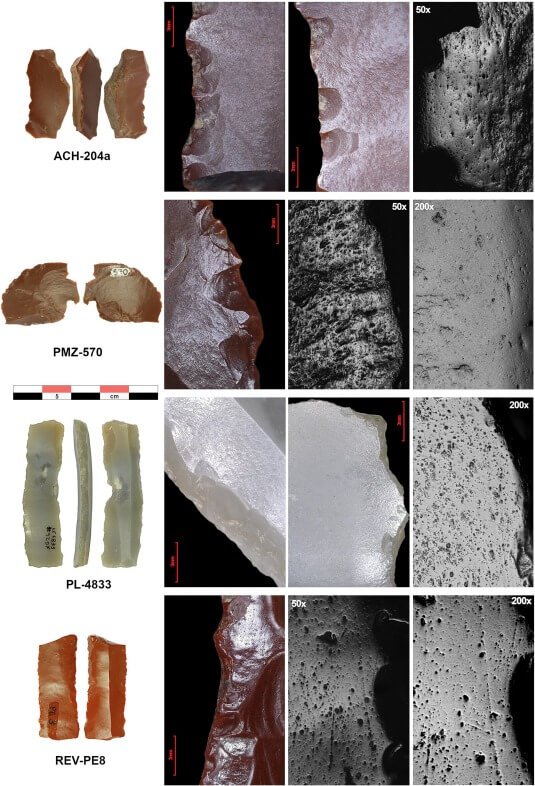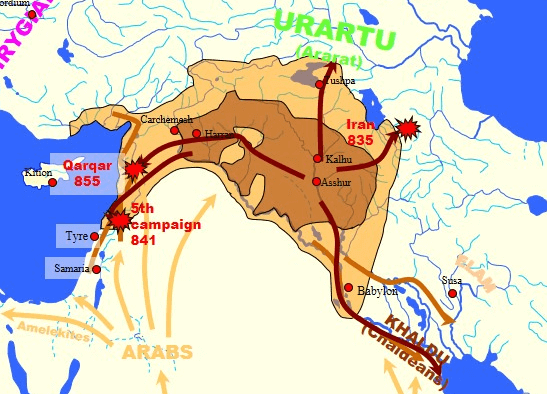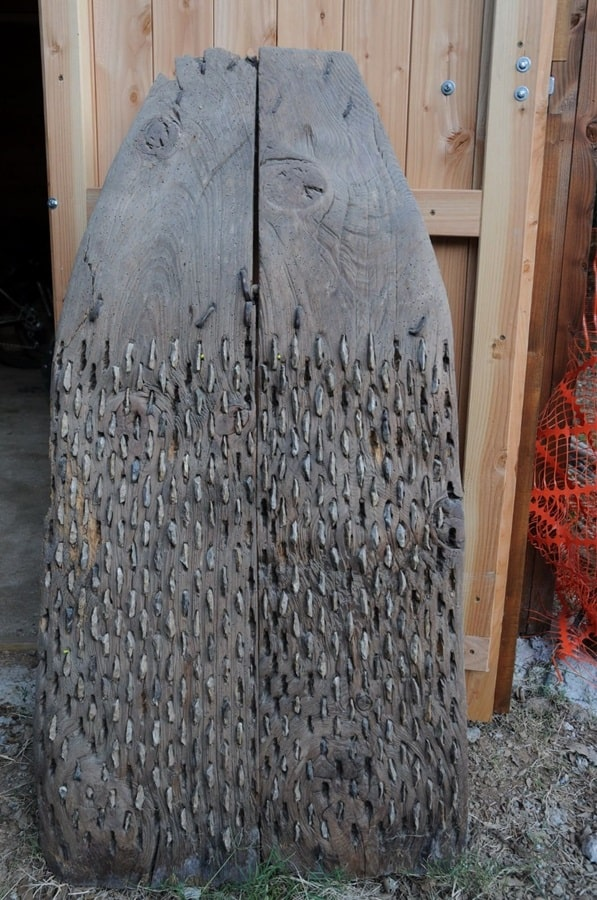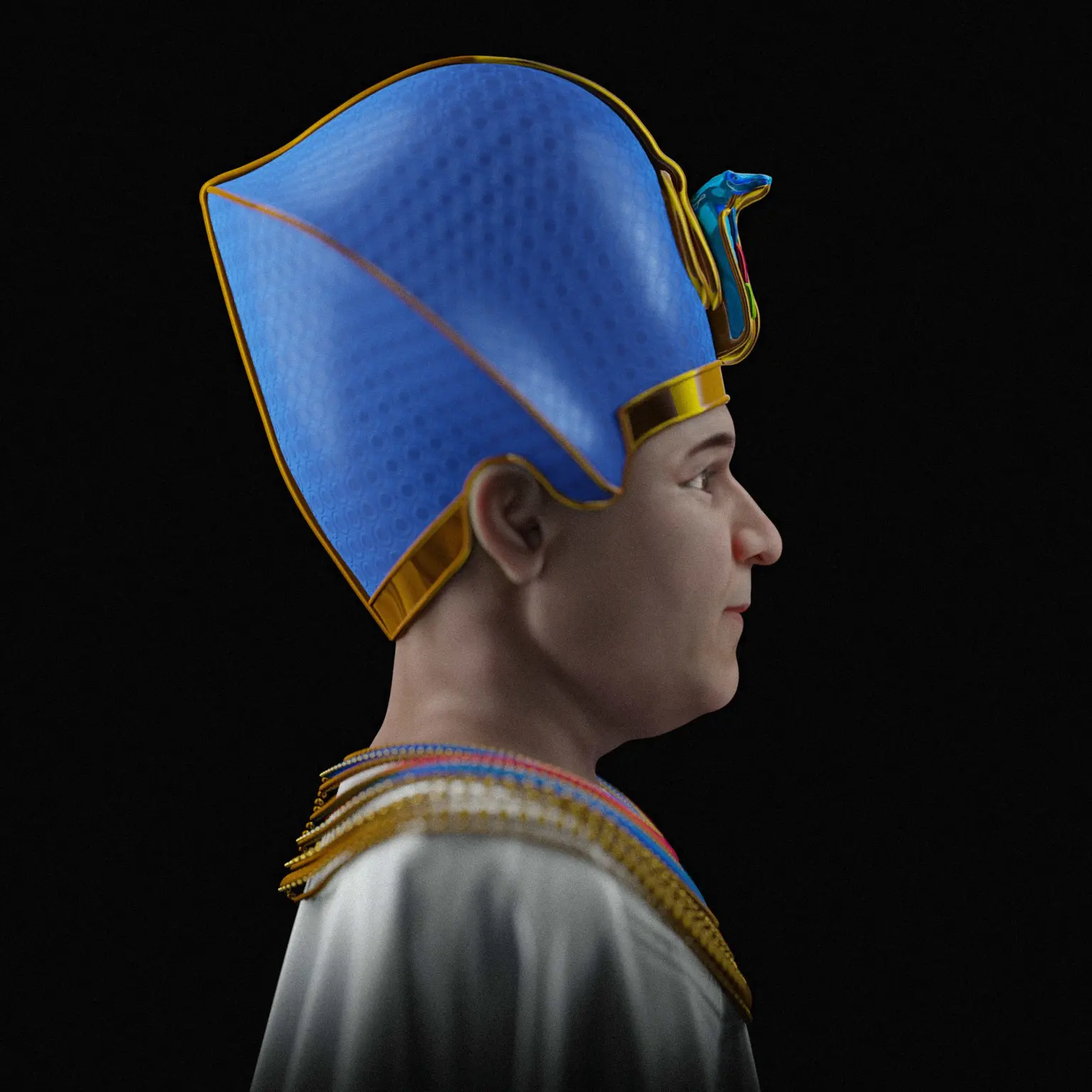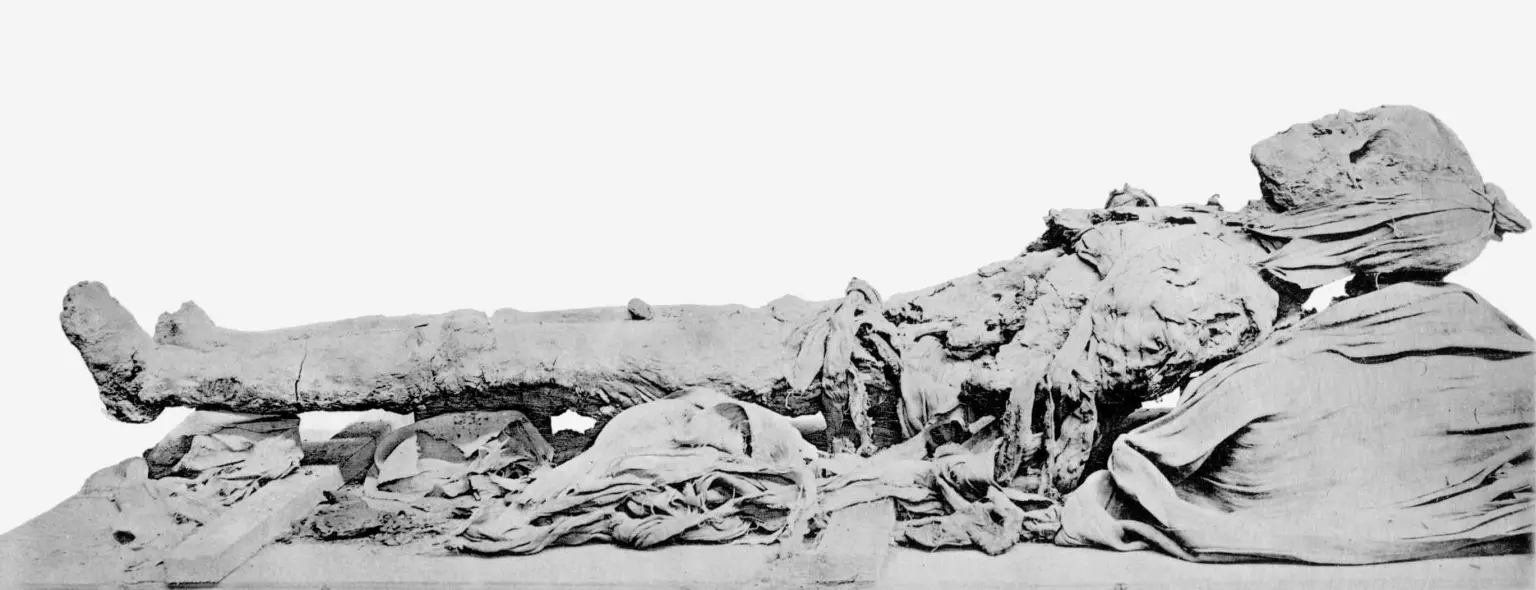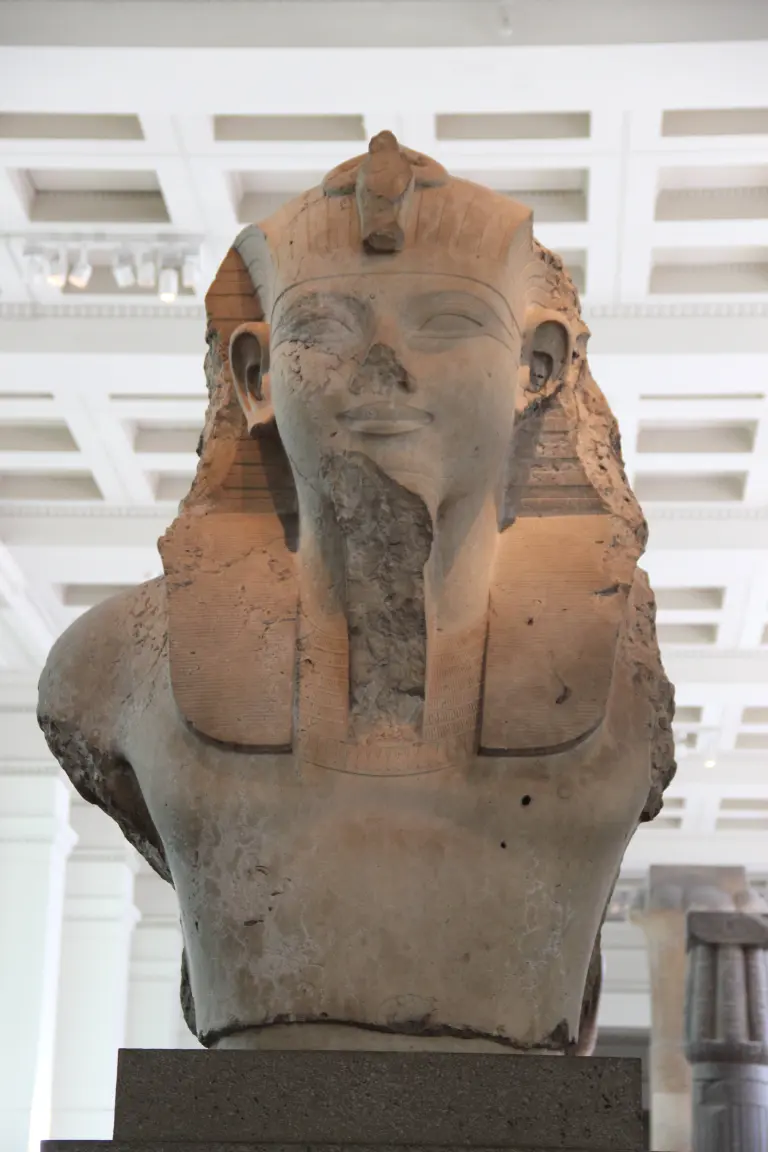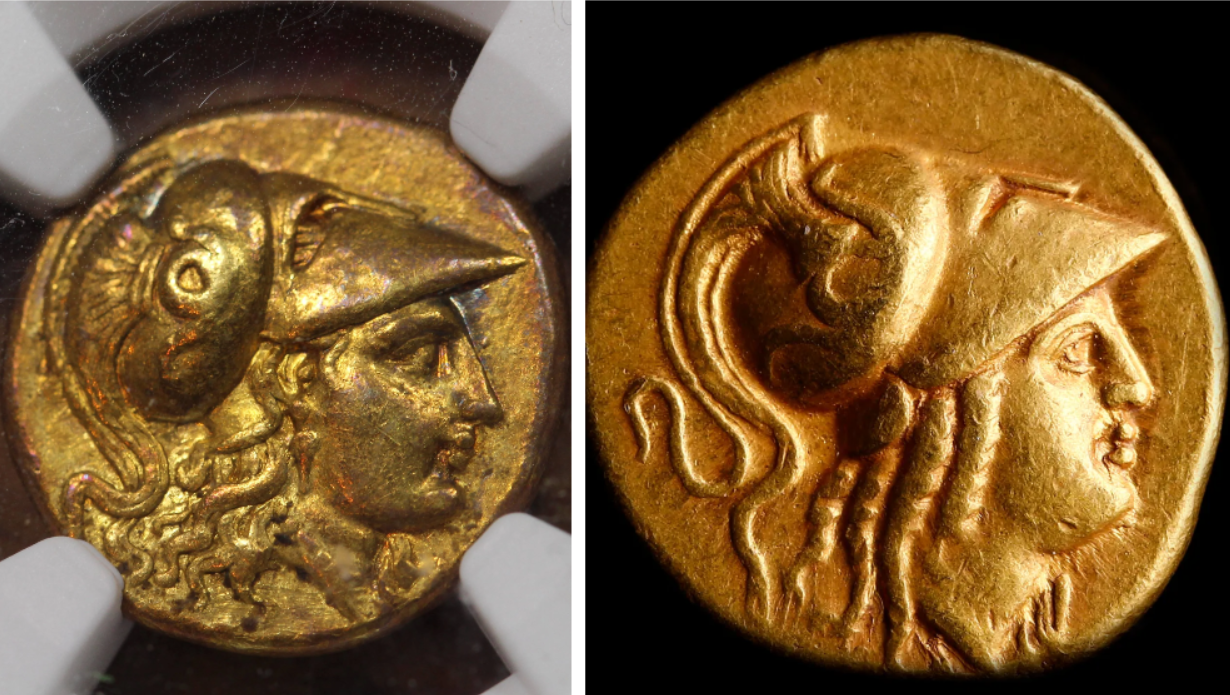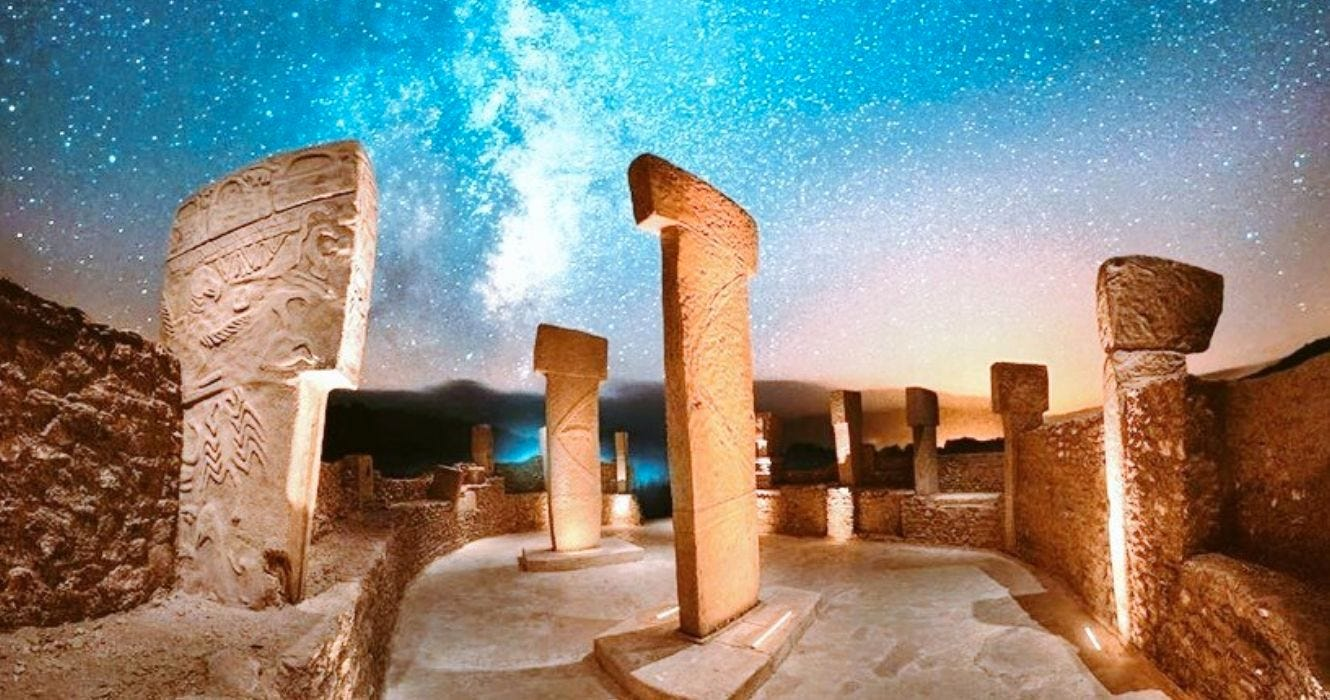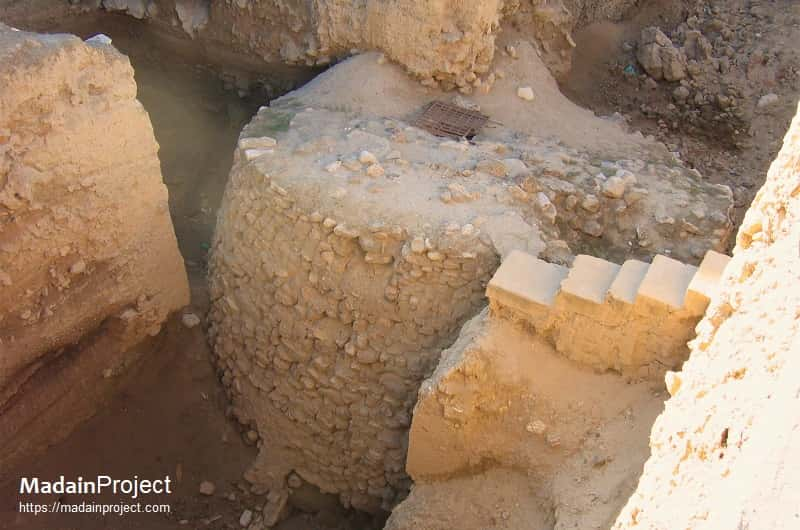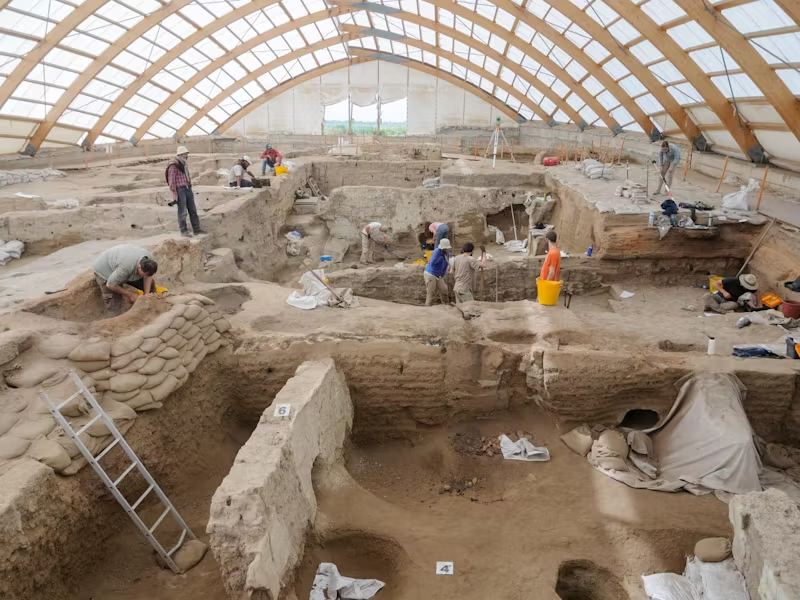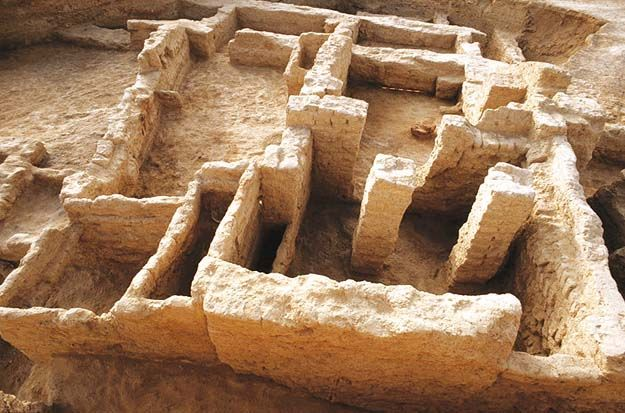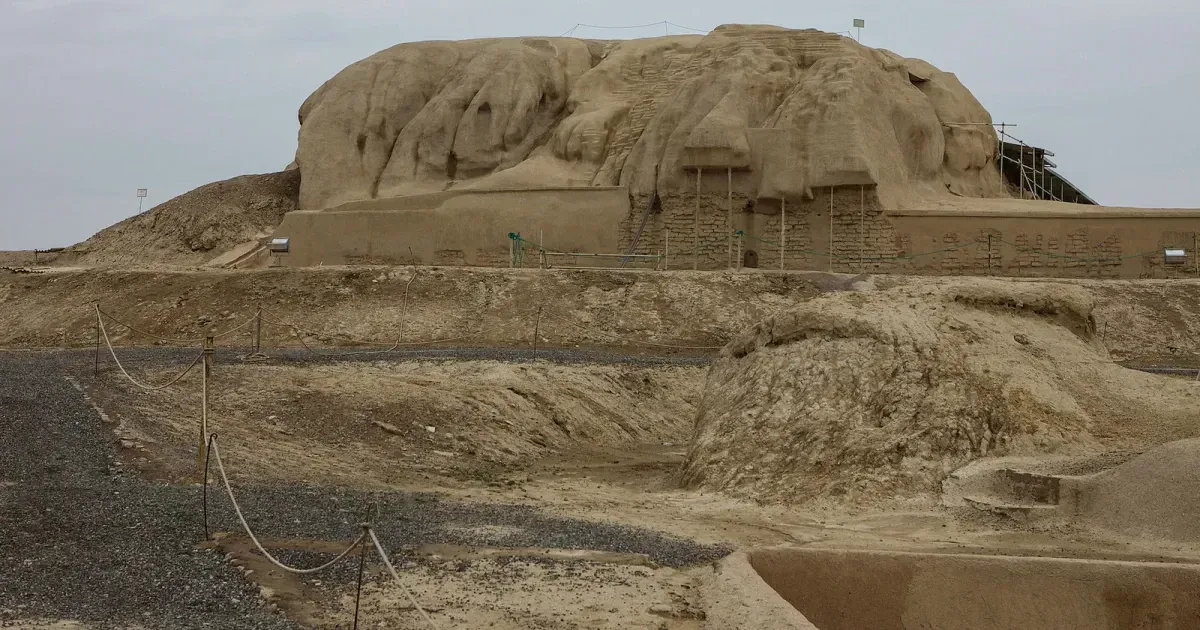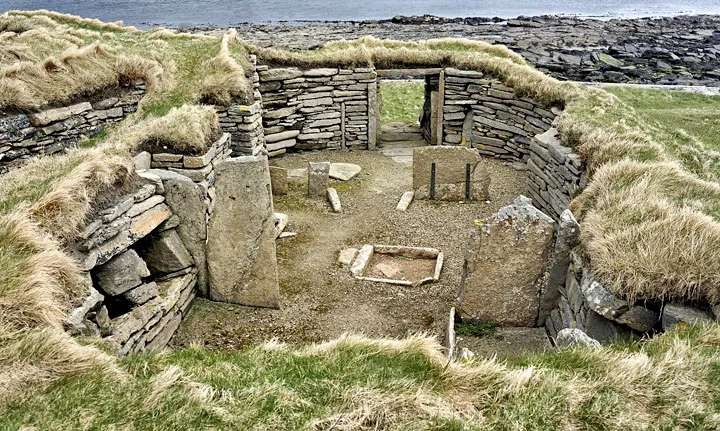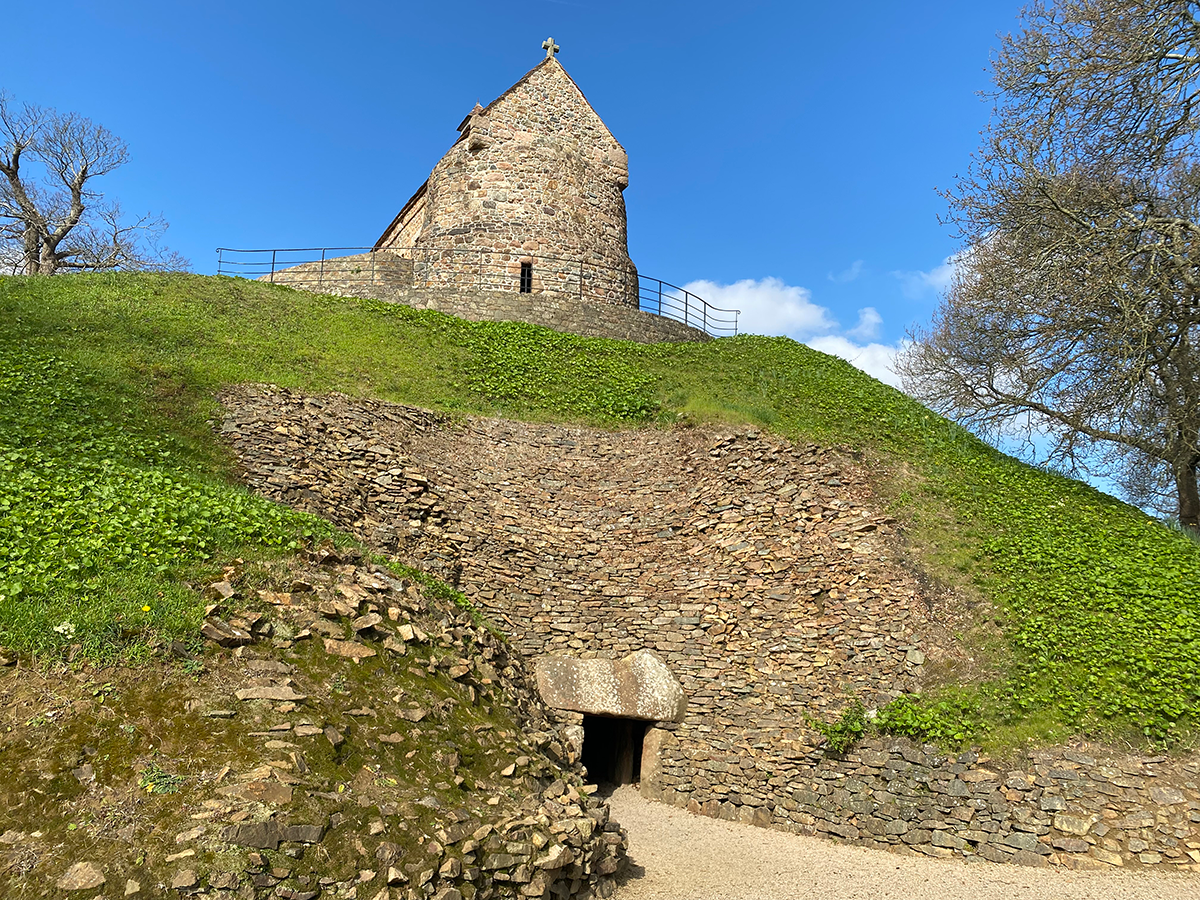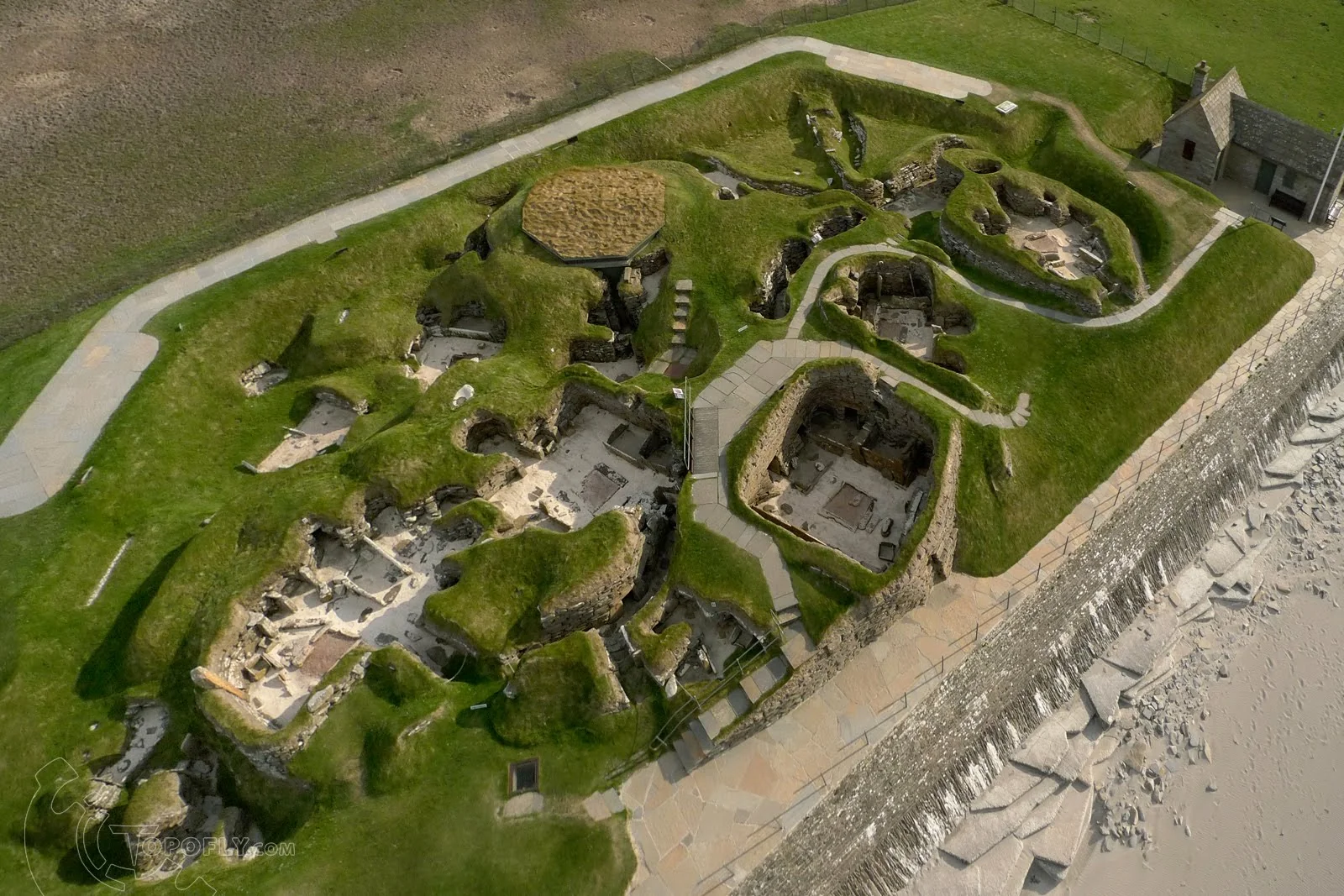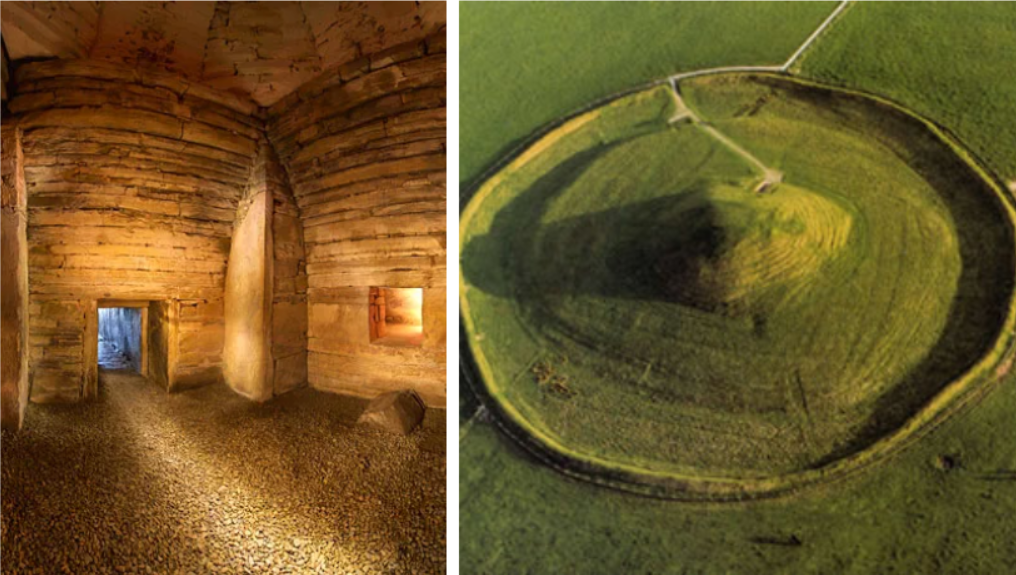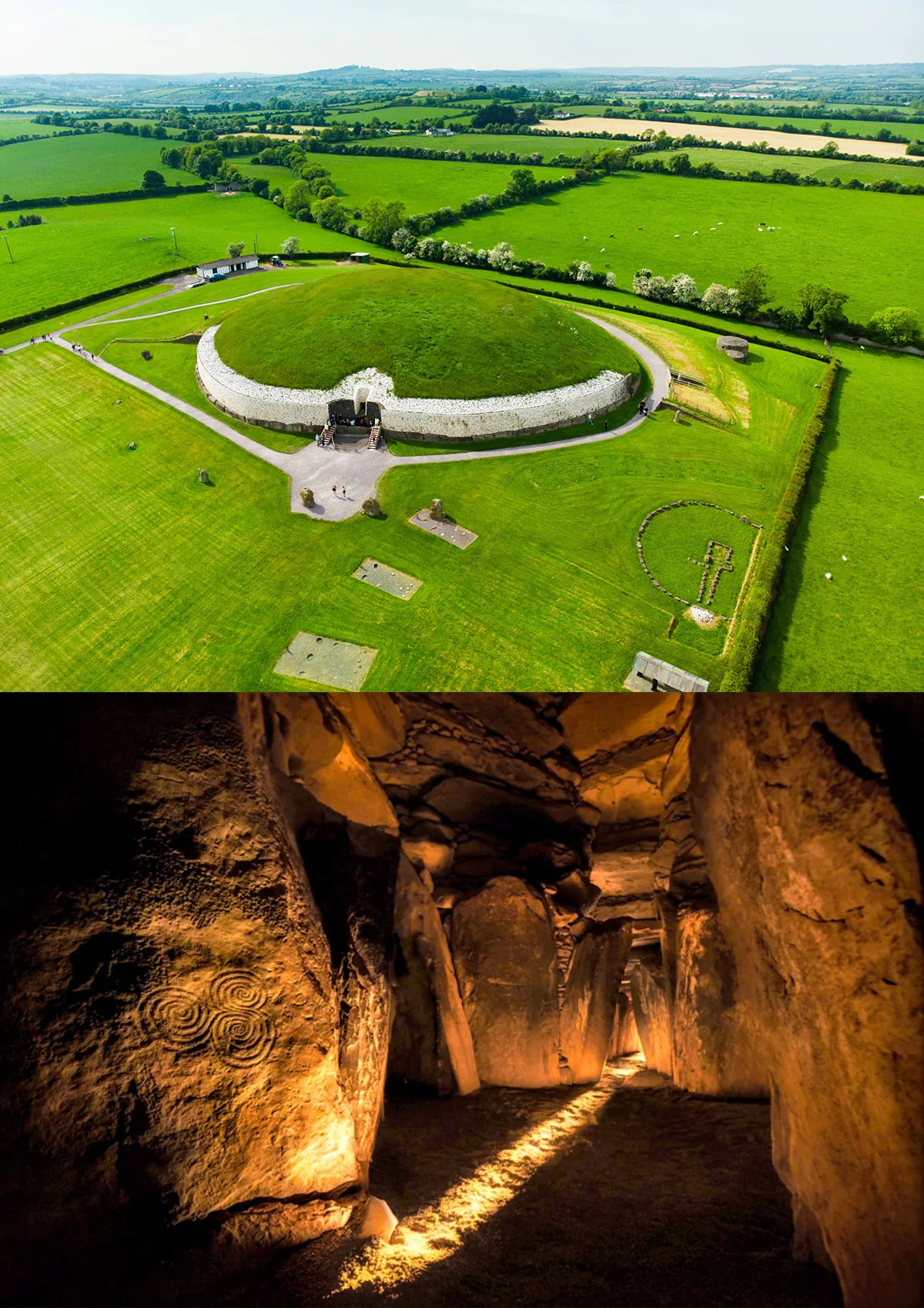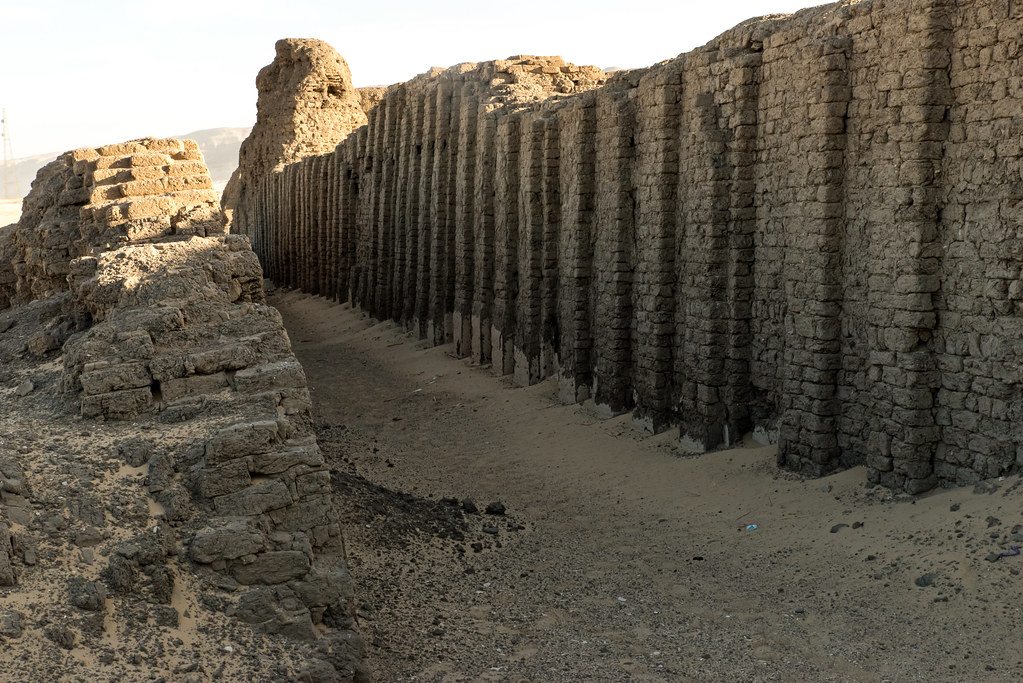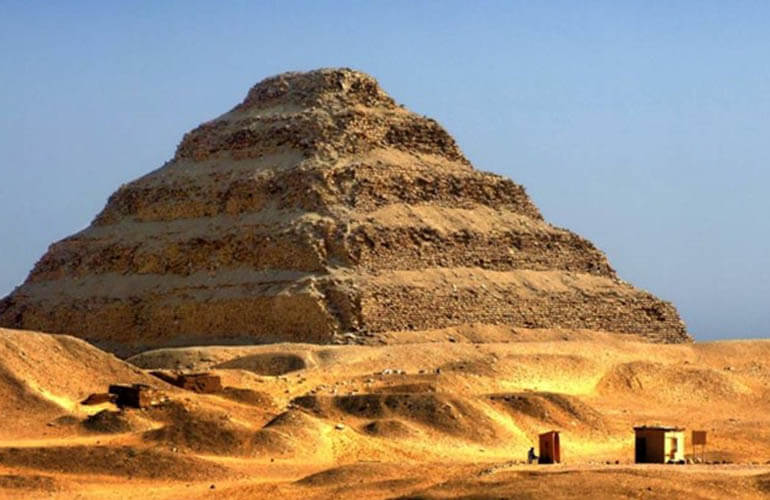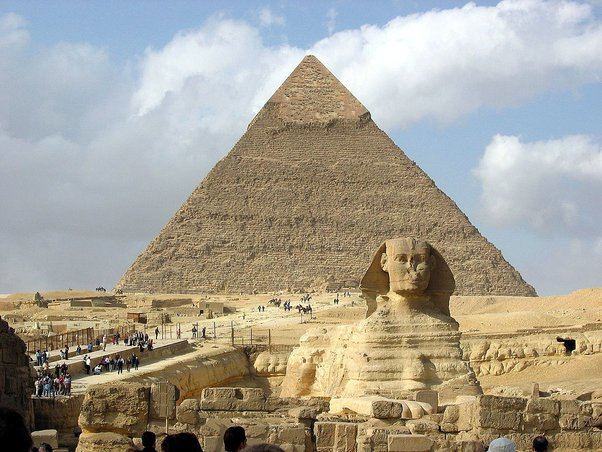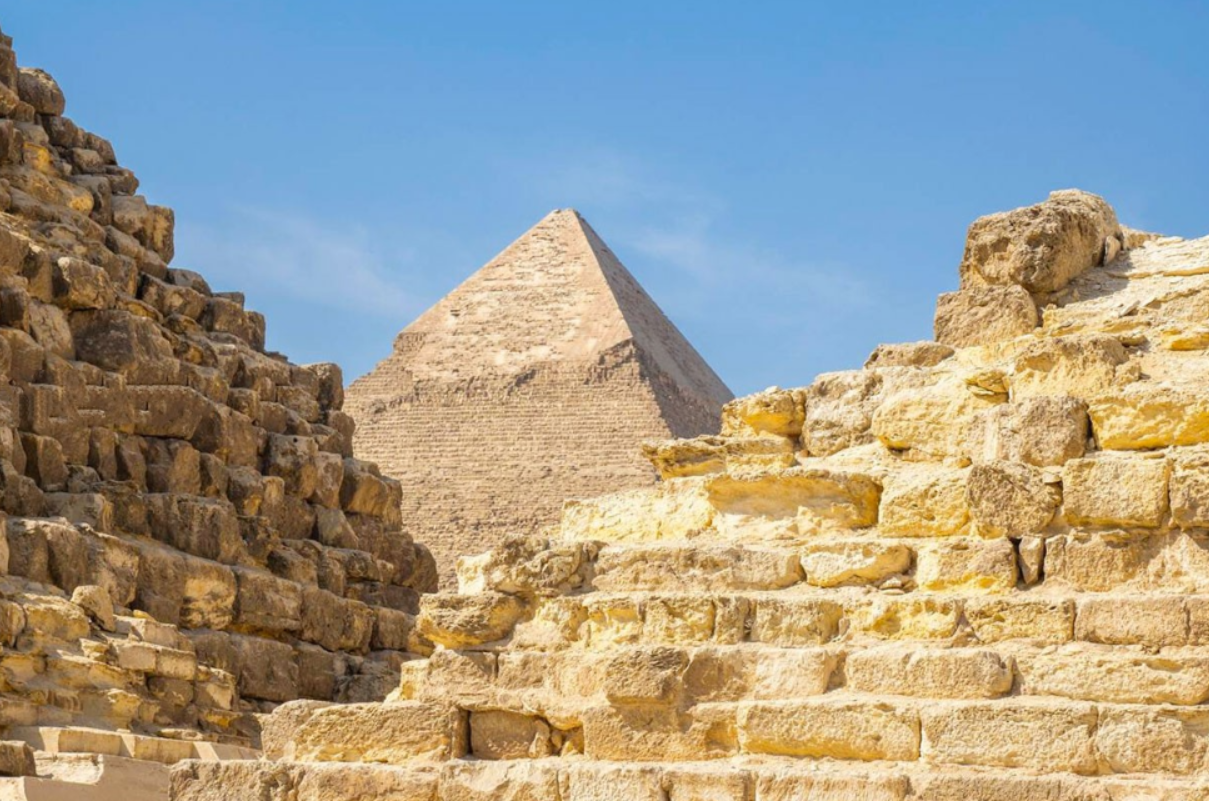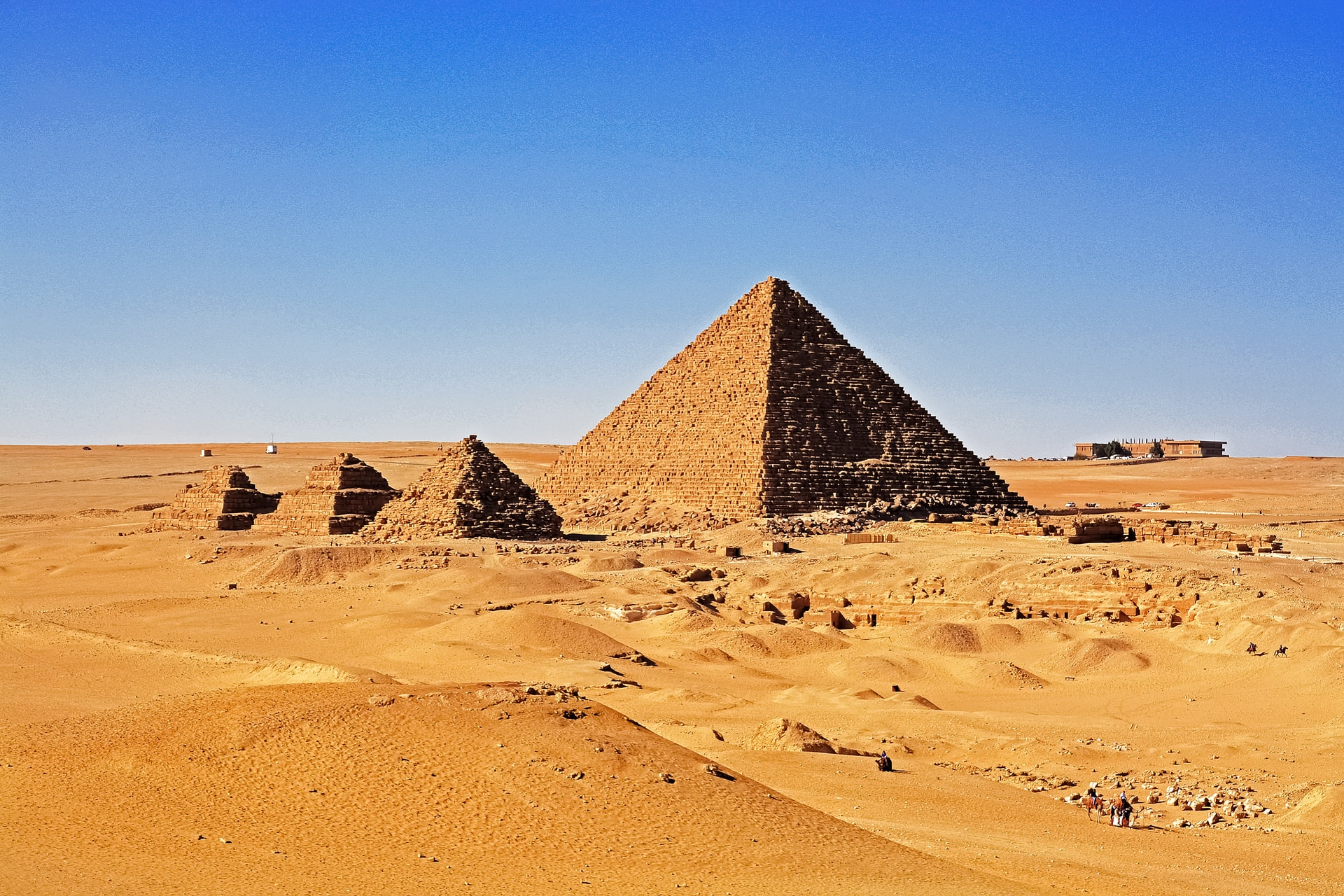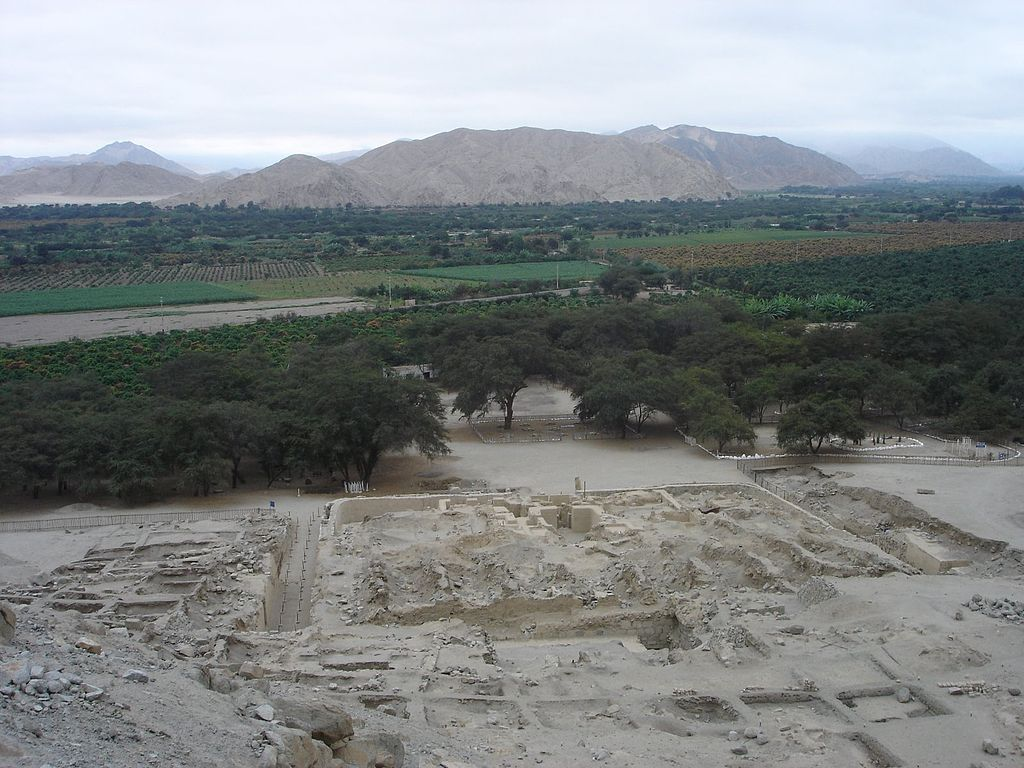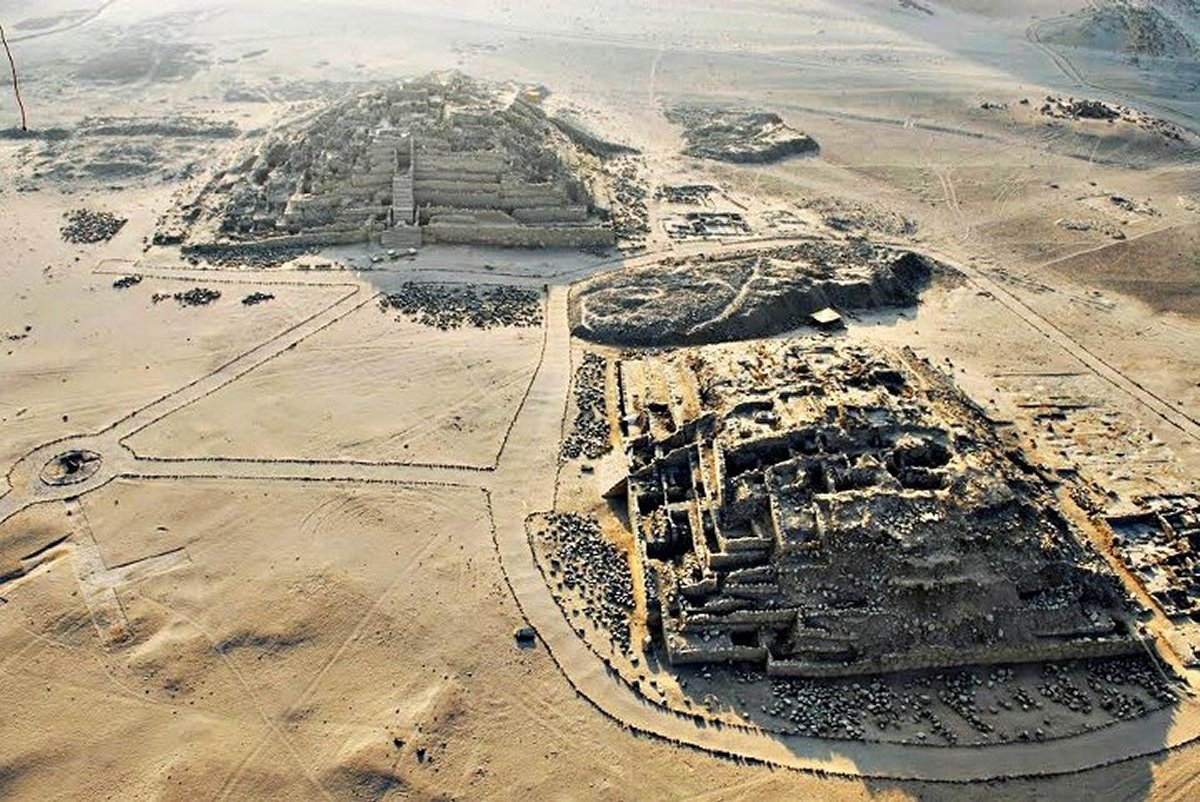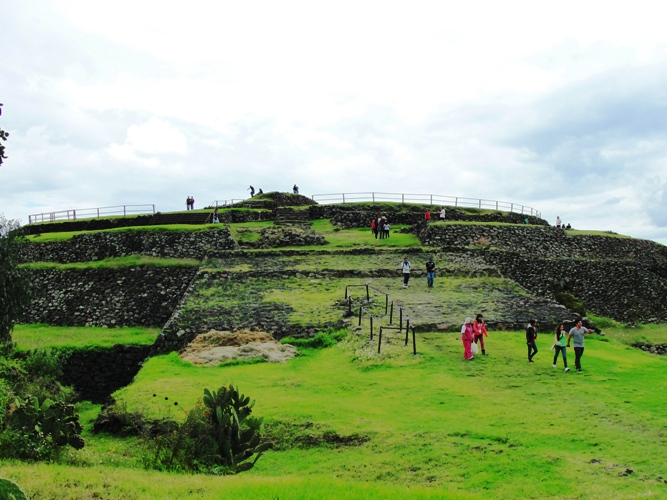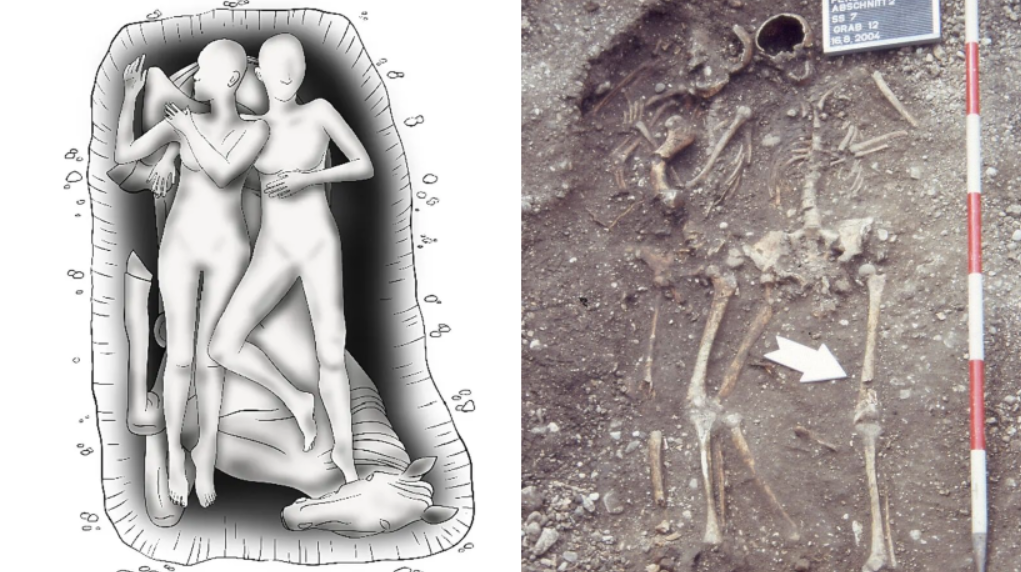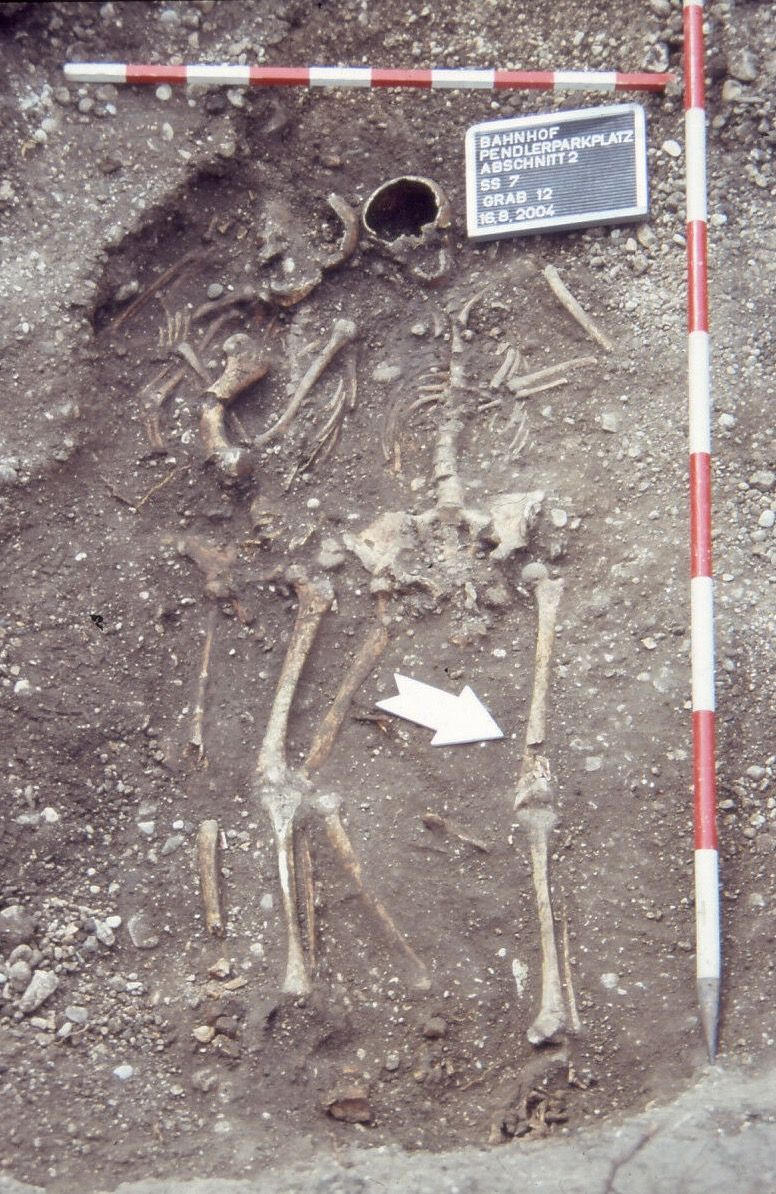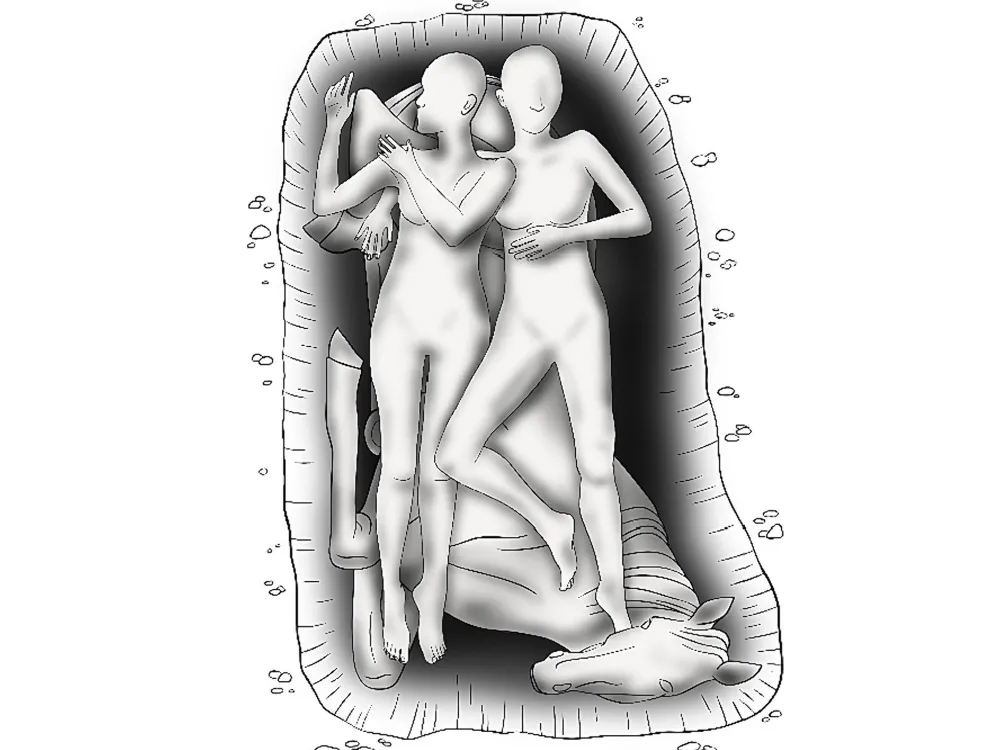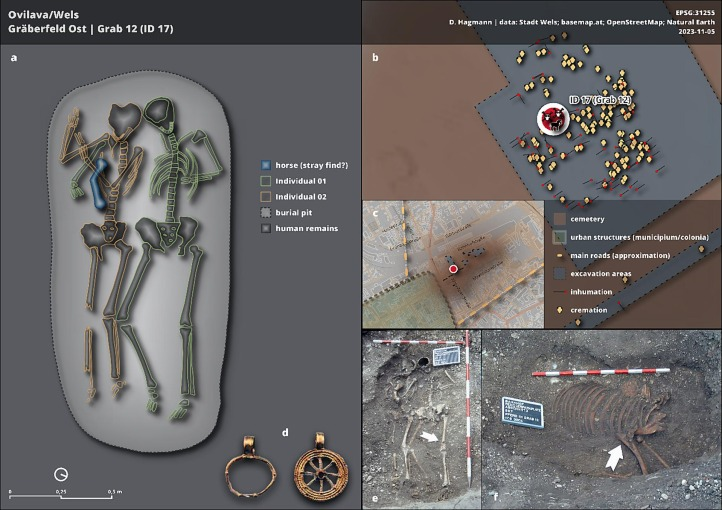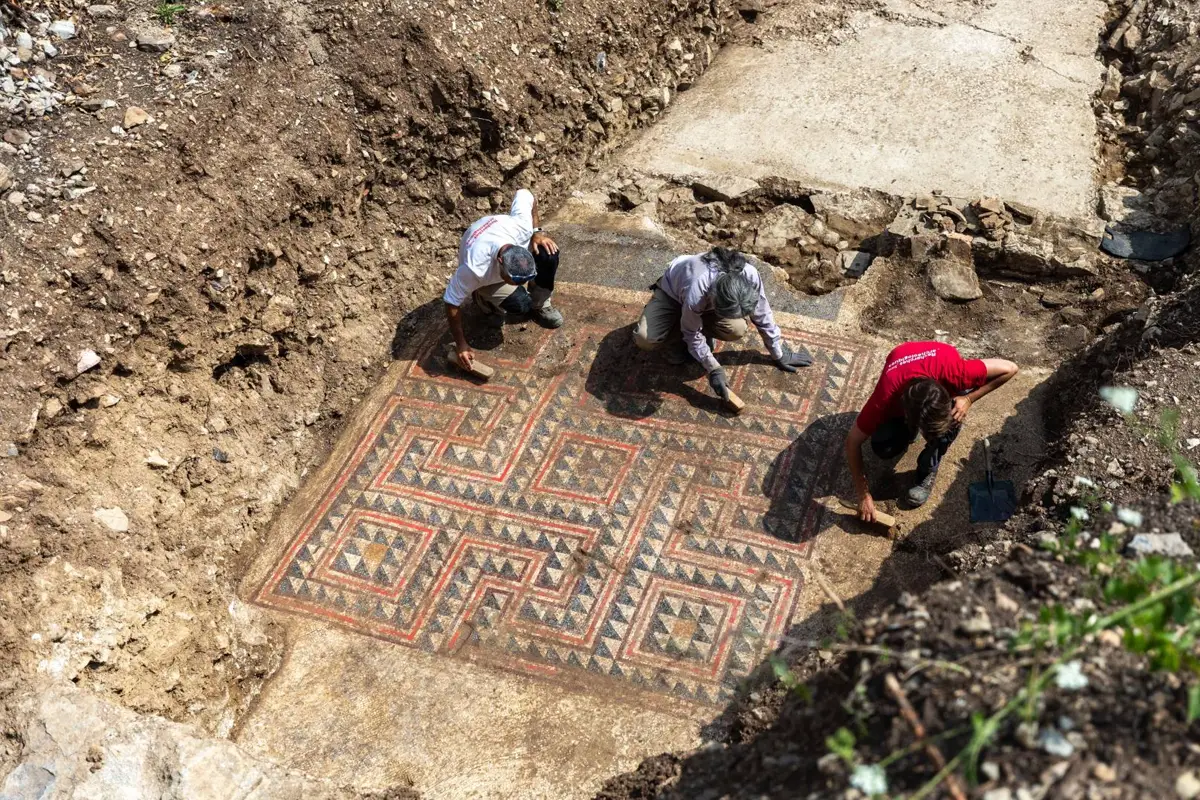The Tower of Jericho is one of the earliest known monumental structures in human history, dating back to around 8000 BC. Located in the ancient city of Jericho, situated in the West Bank, Palestine, this tower is part of a larger archaeological site that provides invaluable insights into early human settlement and urban development.
Discovery and Excavation
The Tower of Jericho was discovered during excavations led by British archaeologist Kathleen Kenyon in the 1950s. Jericho is one of the oldest continuously inhabited cities in the world, and the site has been a focal point for archaeological studies due to its deep historical significance. Kenyon's work revealed the tower, along with other significant structures, buried beneath layers of sediment accumulated over millennia.
Architecture and Features
The Tower of Jericho is an impressive stone structure standing approximately 8.5 meters (28 feet) high. It is constructed from undressed stones, meaning the stones were used in their natural form without being shaped or polished. The tower has a conical shape and includes an internal staircase with twenty-two steps, which spirals around the interior of the structure.
The base of the tower measures about 9 meters (30 feet) in diameter, and it narrows as it ascends. The stones used in its construction vary in size, with the largest stones forming the foundation. The internal staircase is an architectural feat, providing access to the top of the tower, which would have offered a vantage point over the surrounding landscape.
Function and Significance
The purpose of the Tower of Jericho remains a subject of debate among archaeologists. Several theories have been proposed regarding its function:
Defense: One prevalent theory is that the tower served a defensive purpose. It could have been part of a larger fortification system designed to protect the settlement from external threats, such as rival groups or wild animals.
Flood Control: Another theory suggests that the tower and associated structures might have been part of a flood control system. The nearby Jordan River and the frequent flooding in the area could have necessitated such measures.
Religious or Ceremonial: Some researchers propose that the tower had a religious or ceremonial function. Its construction might have been related to early spiritual practices, serving as a communal gathering place for rituals and ceremonies.
Social Cohesion: Building such a monumental structure would have required coordinated effort and resources, possibly serving to strengthen social bonds within the community and establish a sense of shared purpose and identity.
Historical Context
The Tower of Jericho is situated within a Neolithic settlement that showcases some of the earliest examples of urban planning and communal living. The broader site of Jericho includes other notable features such as walls, houses, and storage facilities, indicating a complex and organized society.
Jericho's location near the Jordan River made it a strategic and resource-rich area, conducive to early human settlement. The presence of the tower, along with other structures, suggests that the inhabitants had developed advanced construction techniques and a degree of social organization that facilitated large-scale building projects.
Impact on Archaeological Understanding
The discovery of the Tower of Jericho has profound implications for our understanding of early human societies. It challenges the notion that monumental architecture and complex urban planning emerged only with the advent of agriculture and later civilizations. Instead, it suggests that even early hunter-gatherer communities had the capability to organize and execute large construction projects.
The tower also provides insights into the technological and engineering skills of early humans, highlighting their ability to manipulate natural materials and create enduring structures.
Preservation and Tourism
Today, the Tower of Jericho is part of a significant archaeological site that attracts researchers and tourists from around the world. Efforts are made to preserve the ancient ruins while allowing for continued archaeological exploration and study. The site offers a tangible connection to our distant past and serves as a testament to the ingenuity and resilience of early human communities.
The Tower of Jericho stands as a remarkable monument to the early ingenuity and architectural prowess of prehistoric humans. Its discovery and subsequent studies provide a window into the complex social, religious, and practical lives of one of the earliest known urban settlements. As one of the oldest towers in the world, it continues to fascinate and inspire, offering valuable lessons about the origins of human civilization.

